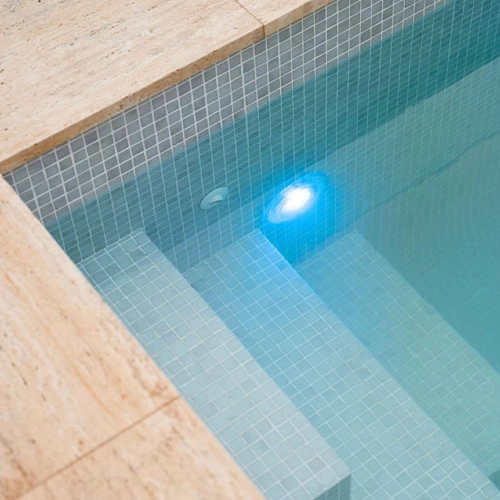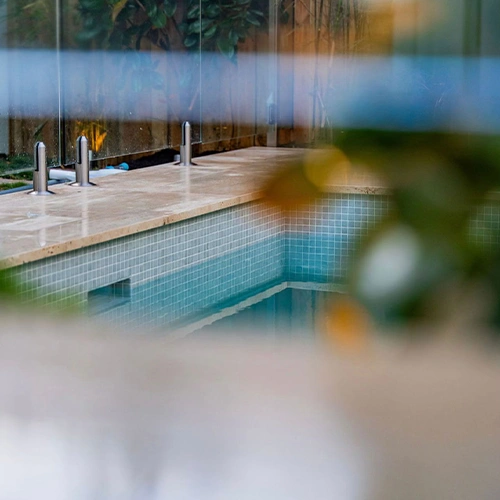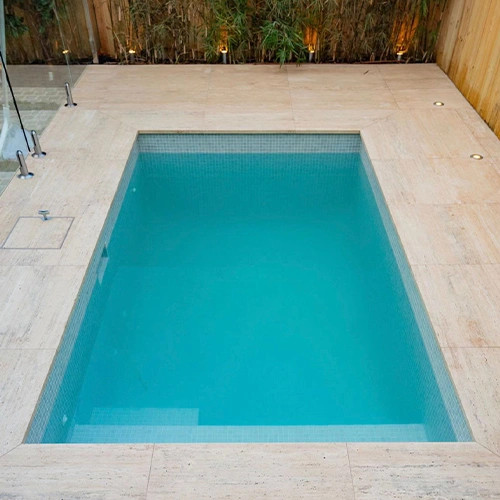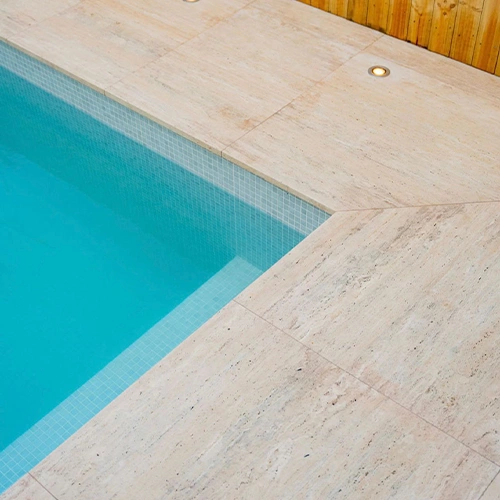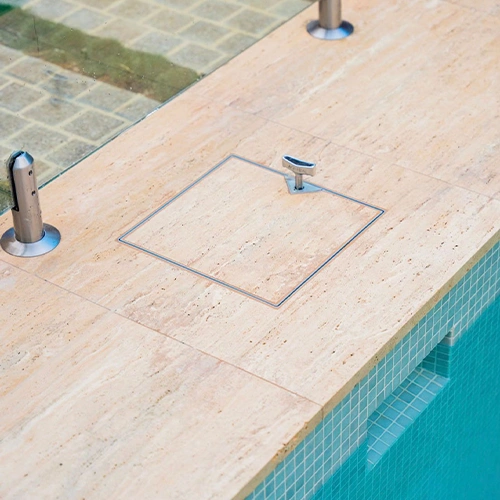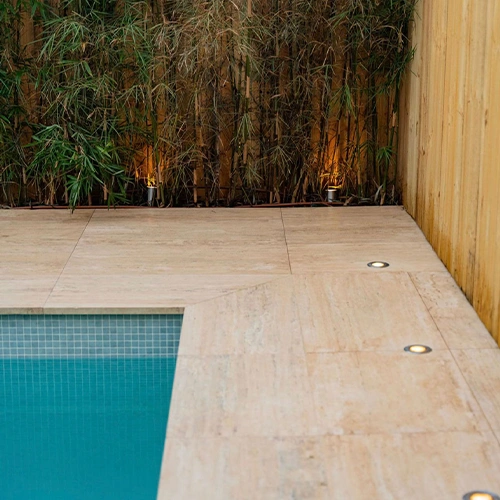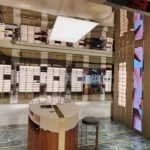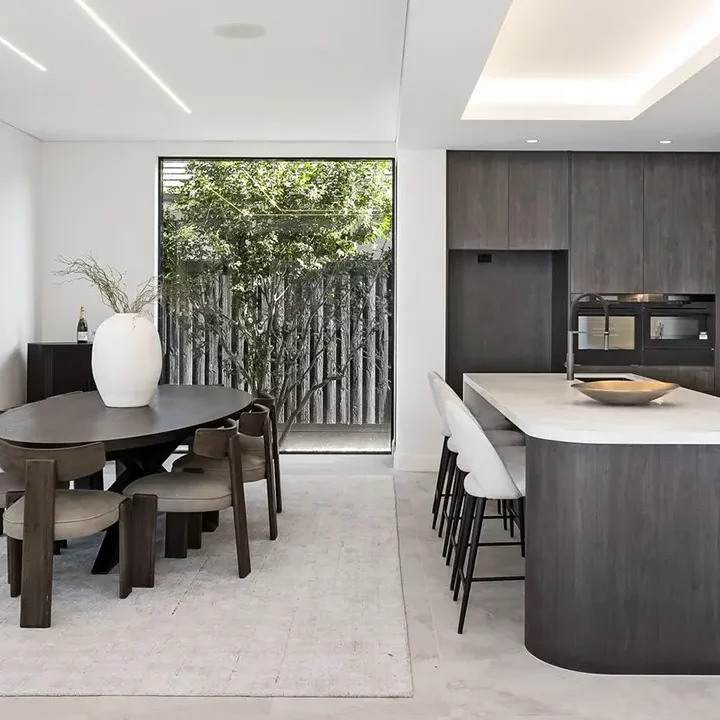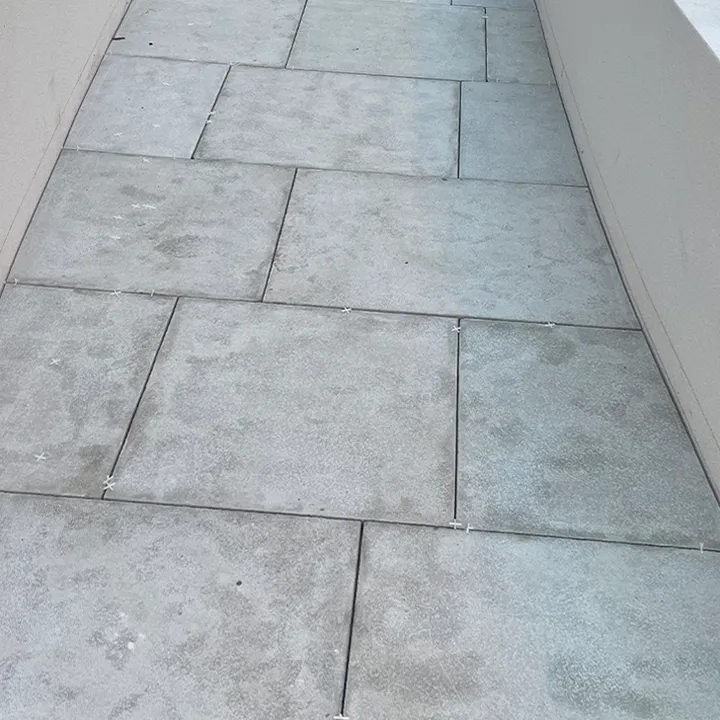14 Rickard Ave, Bondi Beach
- Home
- portfolio
- Residential
- 14 Rickard Ave, Bondi Beach
The recent project at Bondi Beach features an exquisite transformation of a stunning outdoor pool area, showcasing our commitment to luxury and quality craftsmanship. For this outdoor space, we selected 20mm natural travertine stone tiles, renowned for their timeless beauty and durability. These tiles not only enhance the aesthetic appeal of the pool’s exterior but also provide a slip-resistant surface, making it a safe and inviting area for relaxation and recreation.
Inside the pool, we complemented the natural travertine with soft smoke-colored mosaic tiles, creating a serene and elegant underwater environment. The subtle hues of the mosaic tiles reflect light beautifully, evoking a calming atmosphere that enhances the overall experience of the pool area. The combination of the robust travertine tiles and the delicate mosaics brings together both functionality and style, ensuring the pool remains a focal point of the home while remaining practical for everyday use.
This project exemplifies our ability to create harmonious outdoor spaces that blend seamlessly with their surroundings. At Bondi Beach, we have transformed the pool into a luxurious retreat that perfectly captures the essence of coastal living, offering both aesthetic appeal and relaxation for family and friends alike.
Builder / architect:
project type:
Timline:
client:
Strategy:
date:
Design in Details
In design, we bring characteristics of the natural world into built spaces, such as water, greenery, and natural light, or elements like wood and stone. Encouraging the use of natural systems and processes in design allows for exposure to nature, and in turn, these design approaches improve health and wellbeing. There are a number of possible benefits, including reduced heart rate variability and pulse rates, decreased blood pressure, and increased activity in our nervous systems, to name a few.
Over time, our connections to the natural world diverged in parallel with technological developments. Advances in the 19th and 20th centuries fundamentally changed how people interact with nature. Sheltered from the elements, we spent more and more time indoors. Today, the majority of people spend almost 80-90% of their time indoors, moving between their homes and workplaces. As interior designers embrace biophilia.
[30m2]
bedroom
[22m2]
bathroom
[28m2]
workspace
[15m2]
kitchen area
Incredible Result
Establishing multi-sensory experiences, we can design interiors that resonate across ages and demographics. These rooms and spaces connects us to nature as a proven way to inspire us, boost our productivity, and create greater well-being. Beyond these benefits, by reducing stress and enhancing creativity, we can also expedite healing. In our increasingly urbanized cities, biophilia advocates a more humanistic approach to design. The result is biophilic interiors that celebrate how we live, work and learn with nature. The term translates to ‘the love of living things’ in ancient Greek (philia = the love of / inclination towards), and was used by German-born American psychoanalyst Erich Fromm in The Anatomy of Human Destru ctiveness (1973).

